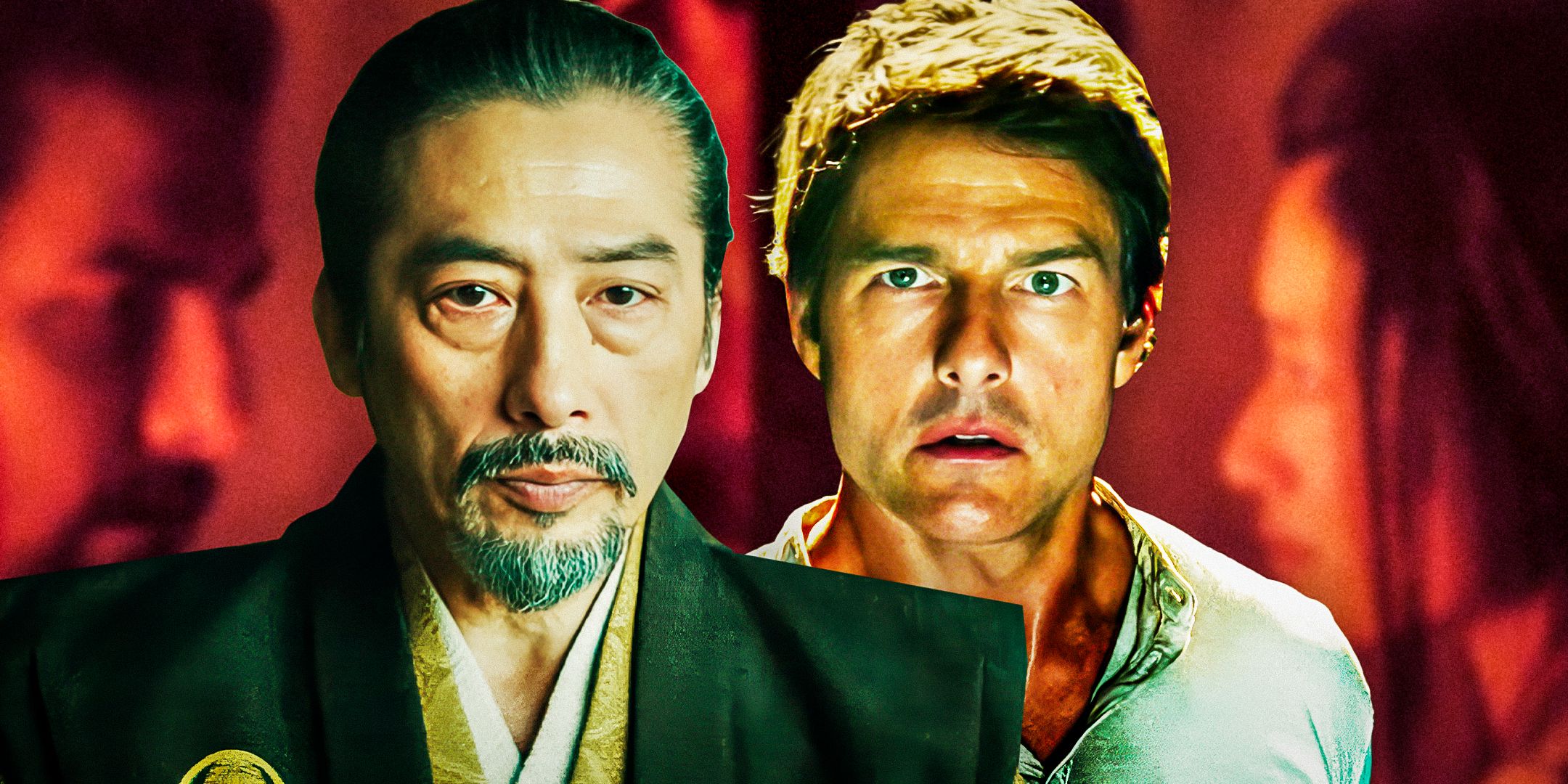
Shogun‘s success is grounded in its world-building. The slow-burn drama pays painstaking attention to detail, recreating many of the most intimate aspects of Japanese life in the early modern period. According to the critical consensus on Rotten Tomatoes, the show is “visually sumptuous and enriched with cultural verisimilitude“, highlighting its commitment to accuracy. Beyond this, however, Shogun‘s narrative structure sets it apart from previous stories set in the period – highlighting where other productions have fallen short in the process.
Shogun Takes A Different Approach From The Last Samurai
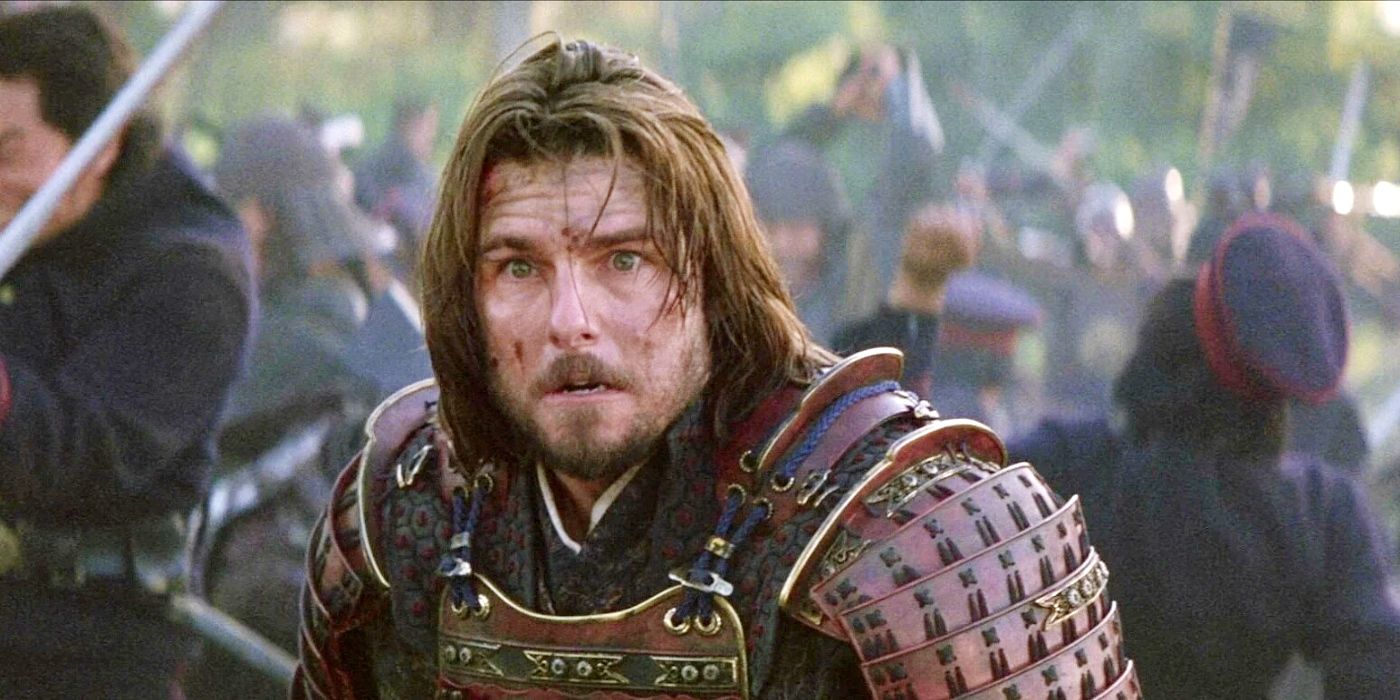
While many projects provide an interesting comparison to Shogun, not least of which is the novel’s earlier 1980 miniseries adaptation, one of the most prominent is with Tom Cruise’s 2003 feature film, The Last Samurai. While Shogun and The Last Samurai‘s Japanese setting provide a clear connection, other aspects of the two stories also make them very similar. For instance, both involve a man unfamiliar with Japanese culture immersing himself in a new way of life, experiencing alien customs for the first time and learning to respect and appreciate his surroundings.
There are also similarities between the two stories’ contexts. In Shogun, the bigger picture concerns a power struggle at the top of the Japanese government between the seemingly righteous Toronaga and the scheming Ishido. Likewise, The Last Samurai stars Ken Watanabe as a renegade warlord, fighting against the central leadership of the nation and pernicious forces who have undue influence over the emperor. Just as in Shogun, Tom Cruise’s Last Samurai character finds himself beguiled by the charismatic outsider and compelled to fight for his cause.
In Shogun , while John Blackthorne is an important character, he is not the center of the narrative.
These parallels indicate a clear crossover between the two projects. However, while there is an undeniable connection, they also have very different approaches to their stories. In Shogun, while John Blackthorne is an important character, he is not the center of the narrative. Beyond his journey of discovery, the show is really about Toronaga’s political ambitions and his ascent to power, as well as the Machiavellian interactions he has with those around him. By contrast, The Last Samurai is almost entirely told from Nathan Algren’s (Cruise) perspective. This provides the biggest distinction between the projects and is the biggest problem with Cruise’s film.
Why The Last Samurai’s Story Is Problematic
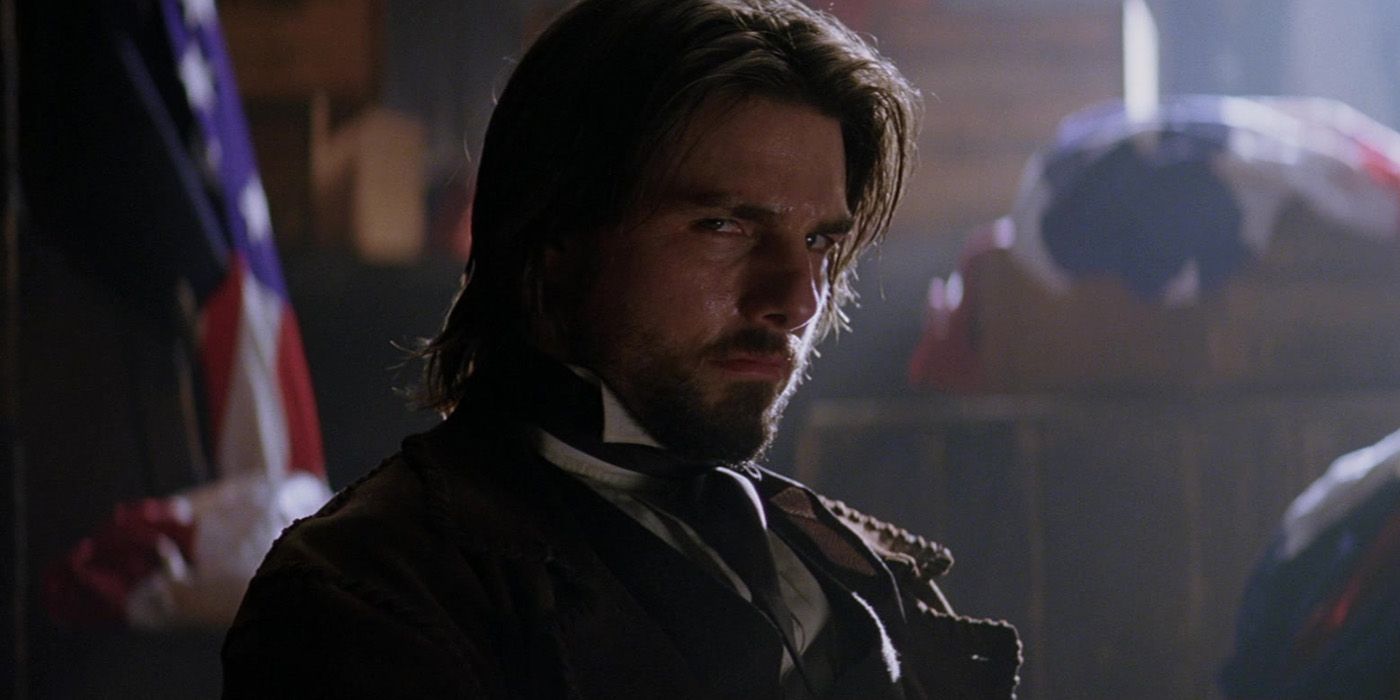
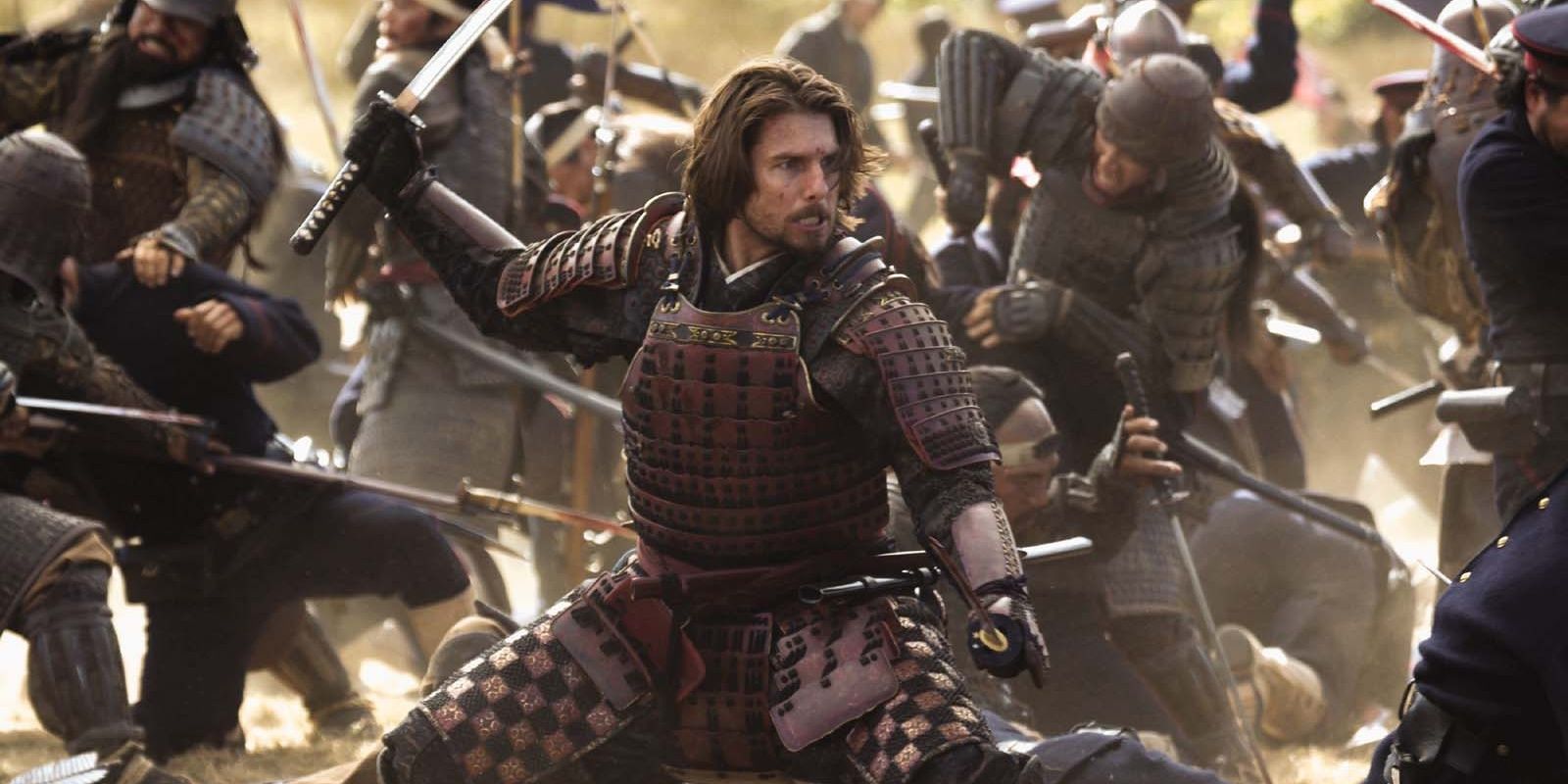
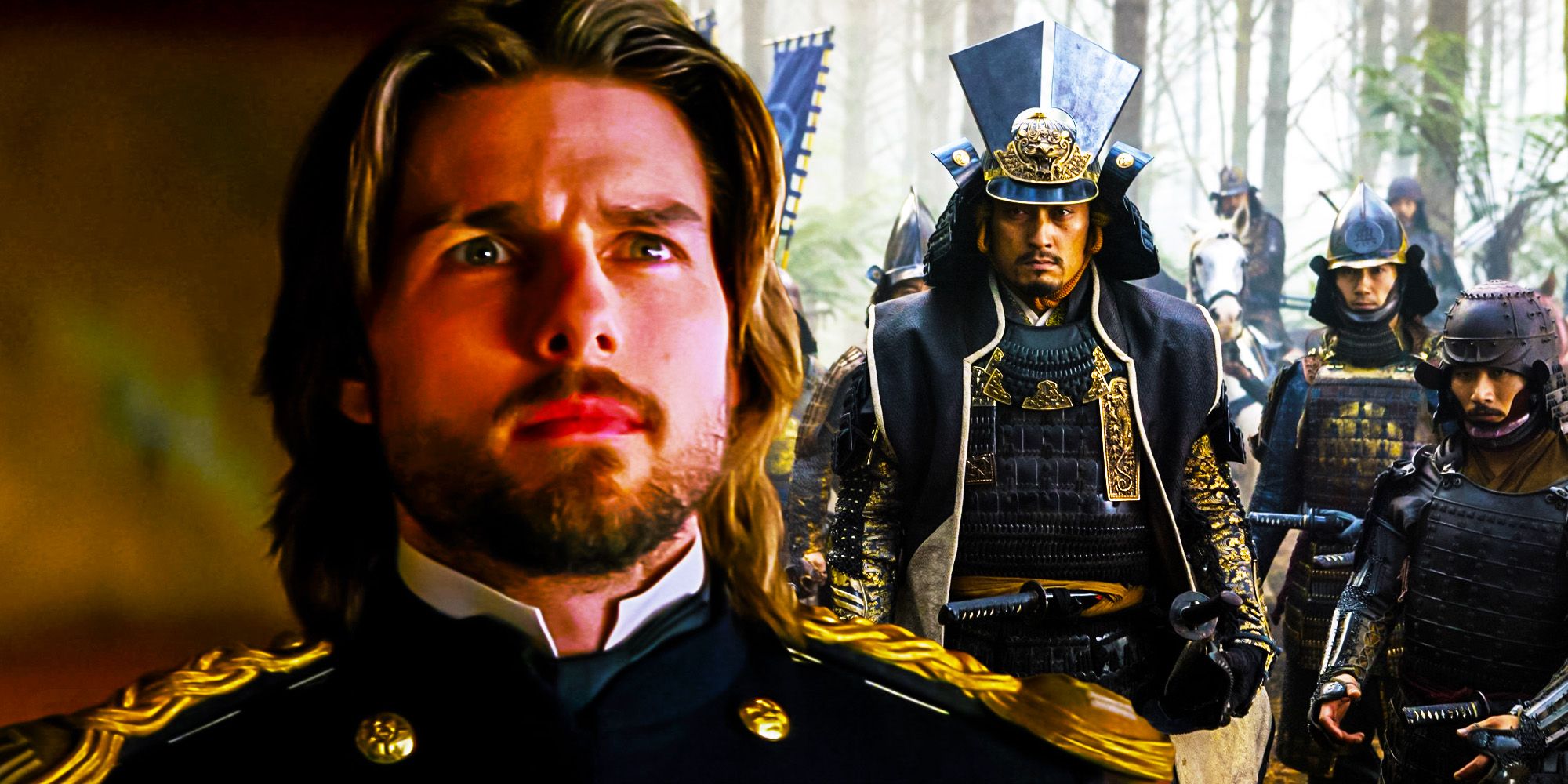
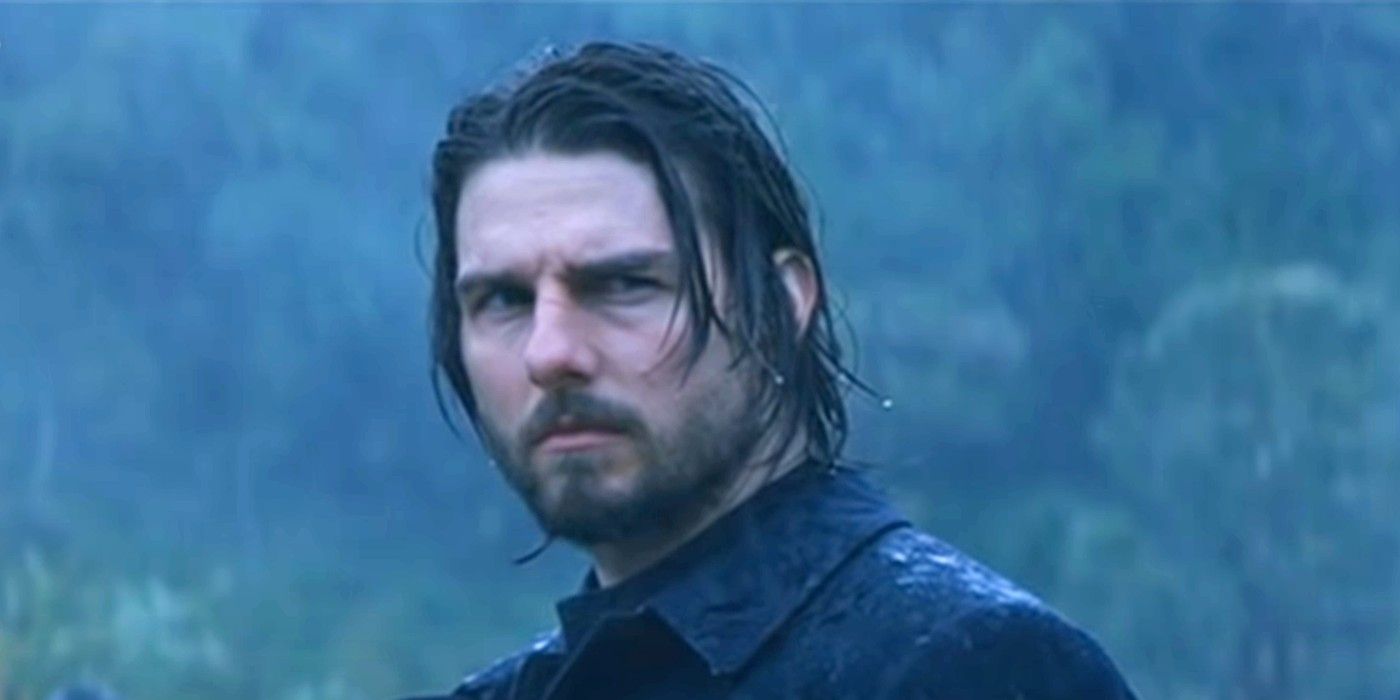
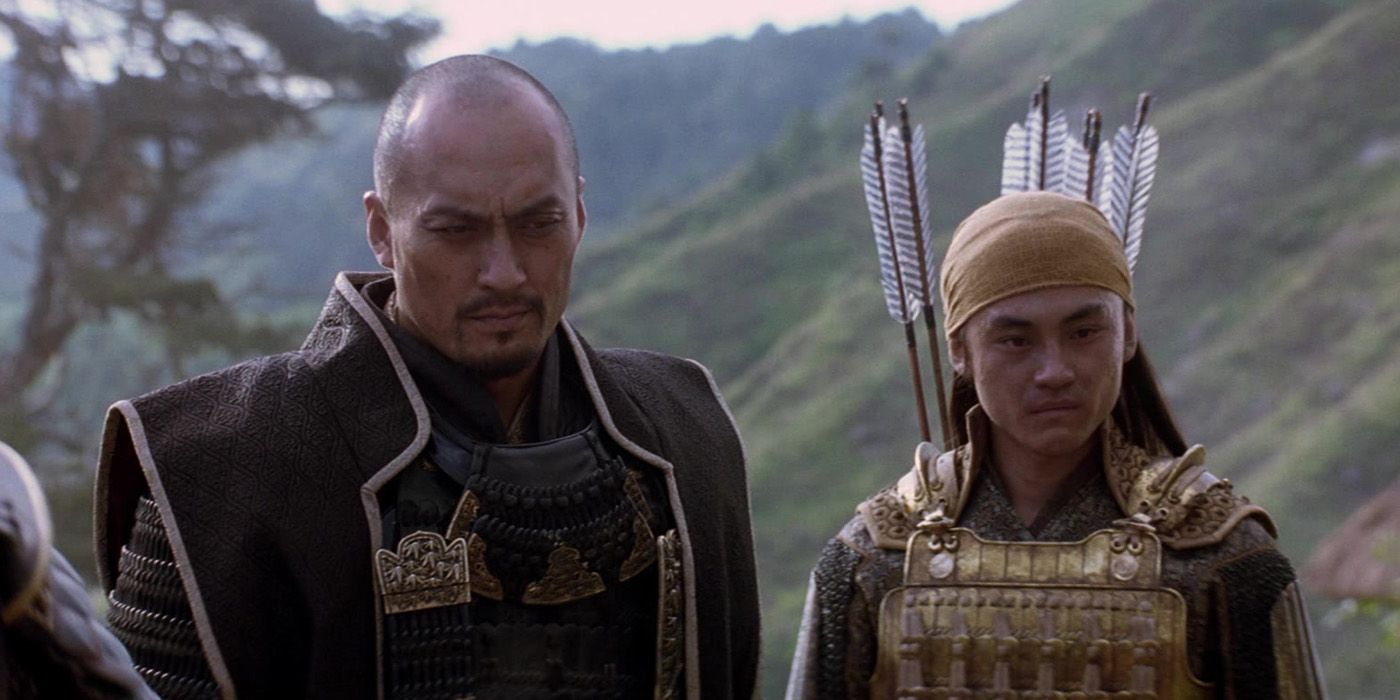
By many metrics, The Last Samurai was a major success. Made on a budget of $140 million, the movie made $456.8 million at the global box office. It was also generally well-reviewed, securing 66% positive reactions from critics (via Rotten Tomatoes) and earning four Academy Award nominations. However, while the movie’s impressive visuals, battle sequences, and performances were widely praised, other aspects of the movie came in for criticism.





